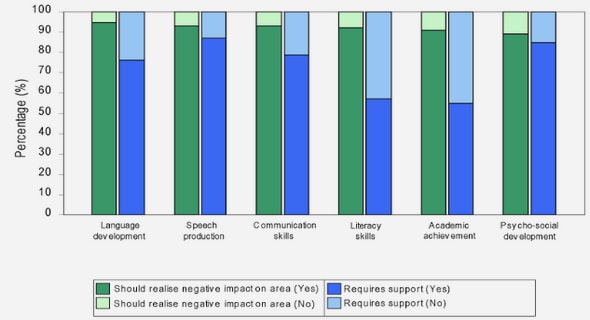(Downloads - 0)
For more info about our services contact : help@bestpfe.com
Table of contents
INTRODUCTION
REVIEW OF THE LITERATURE
1. Metabolism of lipids, vitamin A, and cholesterol in dairy ruminants
1.1. Origins of milk fatty acids
1.1.1. Rumen lipid metabolism
1.1.1.1. Microorganisms involved in rumen biohydrogenation
1.1.1.2. Effect of diet on rumen biohydrogenation
1.1.2. Mammary lipogenesis
1.1.3. Milk fat depression
1.2. Origins of milk vitamin A
1.3. Origins of milk cholesterol
2. Factors affecting milk fatty acid, vitamin A, and cholesterol composition
2.1. Breed
2.2. Species
2.3. Stage of lactation
2.4. Diet
2.4.1. Influence of nature of forage
2.4.2. Influence of diet supplementation with lipids
3. Milk liposoluble components and their effects on human health
3.1. Milk fat digestion
3.2. Milk fatty acids and their health effects
3.2.1. Butyric acid
3.2.2. Caproic, caprylic, and capric acids
3.2.3. Lauric, miristic, palmitic, and stearic acids
3.2.4. Odd- and branched-chain fatty acids
3.2.5. Oleic acid
3.2.6. Trans fatty acids
3.2.7. Conjugated linoleic acid (CLA)
3.2.8. Conjugated alpha-linolenic acid (CLnA)
3.2.9. n-3 and n-6 fatty acids
3.2.10. Antimicrobial fatty acids
3.3. Milk vitamin A and its health effects
3.4. Milk cholesterol and its health effects
PERSONAL CONTRIBUTIONS
1. Aims
2. Study 1. Influence of calf presence during milking on fatty acid profile and lipolytic system of milk in Prim’Holstein and Salers cow breeds
2.1. Introduction
2.2. Aims
2.3. Materials and methods
2.3.1. Cows and diets
2.3.2. Sampling, measurement and analyses
2.3.3. Statistical analyses
2.4. Results
2.4.1. Milk yield and composition
2.4.2. Milk fatty acid profile
2.4.3. Milk lipolysis
2.5. Discussion
2.5.1. Milk yield and composition
2.5.2. Milk fatty acid profile
2.5.3. Milk lipolysis
2.6. Conclusions
3. Study 2. The effects of calf presence during milking, cow parity and season on milk fatty acid composition and the lipolytic system in Salers cows
3.1. Introduction
3.2. Aims
3.3. Materials and methods
3.3.1. Cows and diets
3.3.2. Sampling, measurement and analyses
3.3.3. Statistical analyses
3.4. Results
3.4.1. Characteristics of animals, milk yield and composition
3.4.2. Milk fatty acid composition
3.4.3. Milk lipolytic system
3.5. Discussion
3.5.1. Milk yield and composition
3.5.2. Milk fatty acid composition
3.5.3. Milk lipolytic system
3.6. Conclusions
4. Study 3. Fatty acid, vitamin A, and cholesterol concentrations and oxidative stability in milk fat from Carpathian goats fed alfalfa hay-based diets supplemented with hemp seed oil
4.1. Introduction
4.2. Aims
4.3. Materials and methods
4.3.1. Goats and diets
4.3.2. Sampling, measurement and analyses
4.3.3. Statistical analyses
4.4. Results
4.4.1. Animal performance
4.4.2. Milk fatty acid concentrations
4.4.3. Milk vitamin A and cholesterol concentrations
4.4.4. Milk MDA concentration
4.5. Discussion
4.5.1. Animal performance
4.5.2. Milk fatty acid concentrations
4.5.3. Milk vitamin A and cholesterol concentrations
4.5.4. Milk MDA concentration
4.6. Conclusions
5. General conclusions
6. Originality and innovative contributions of the thesis
REFERENCES




